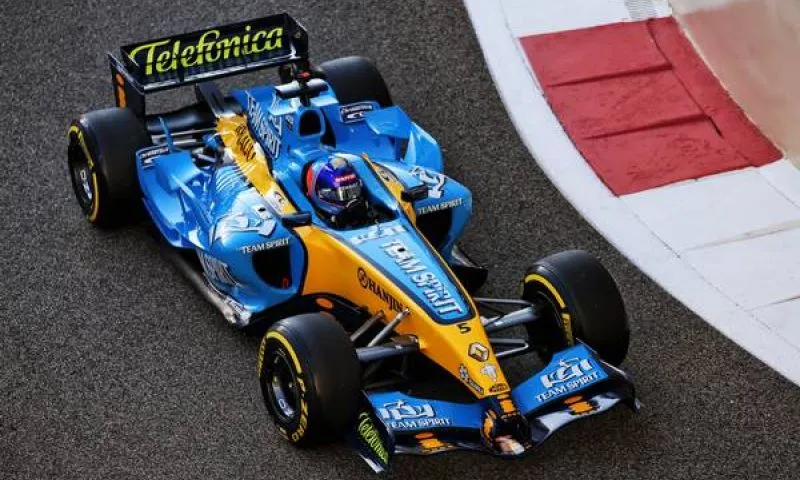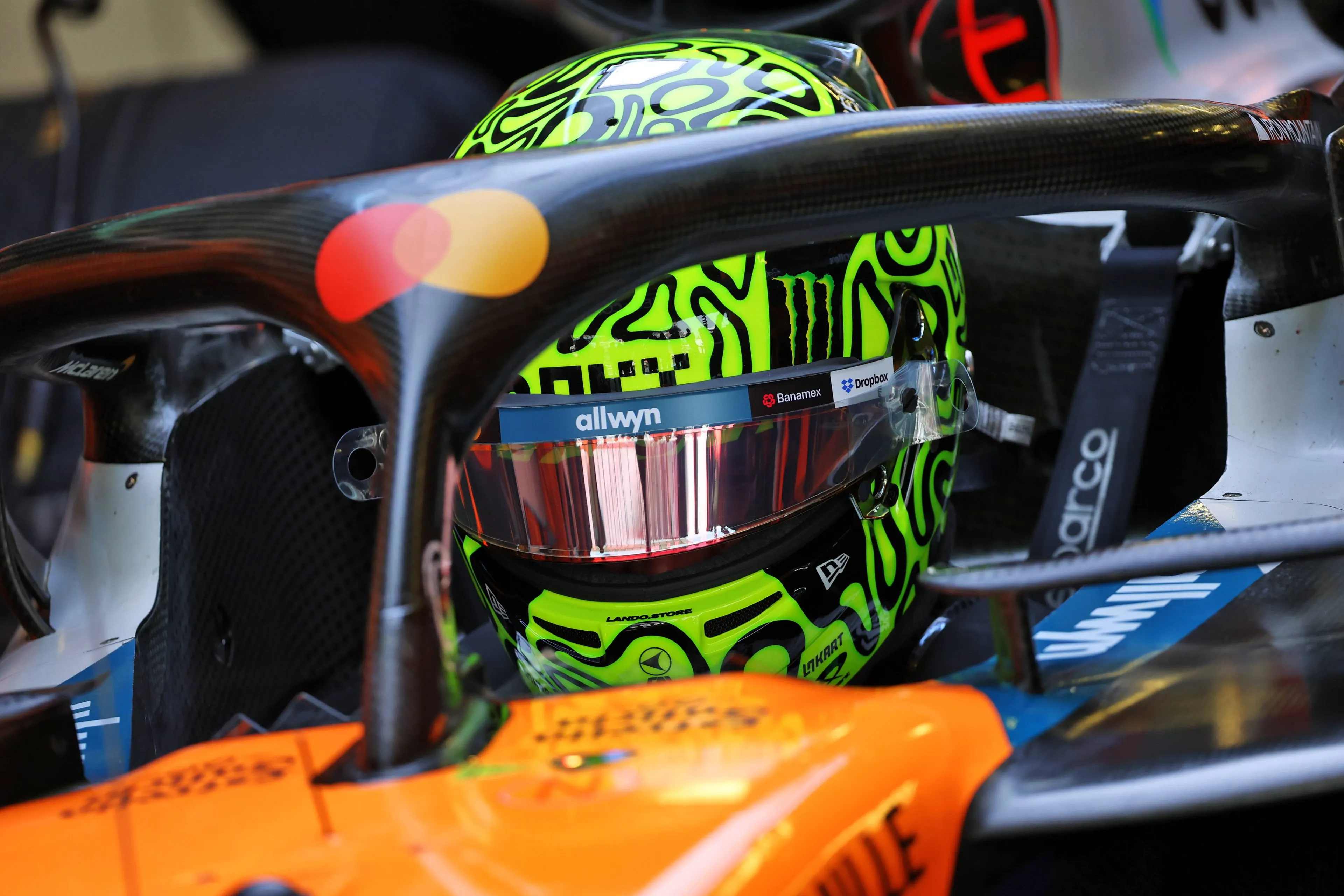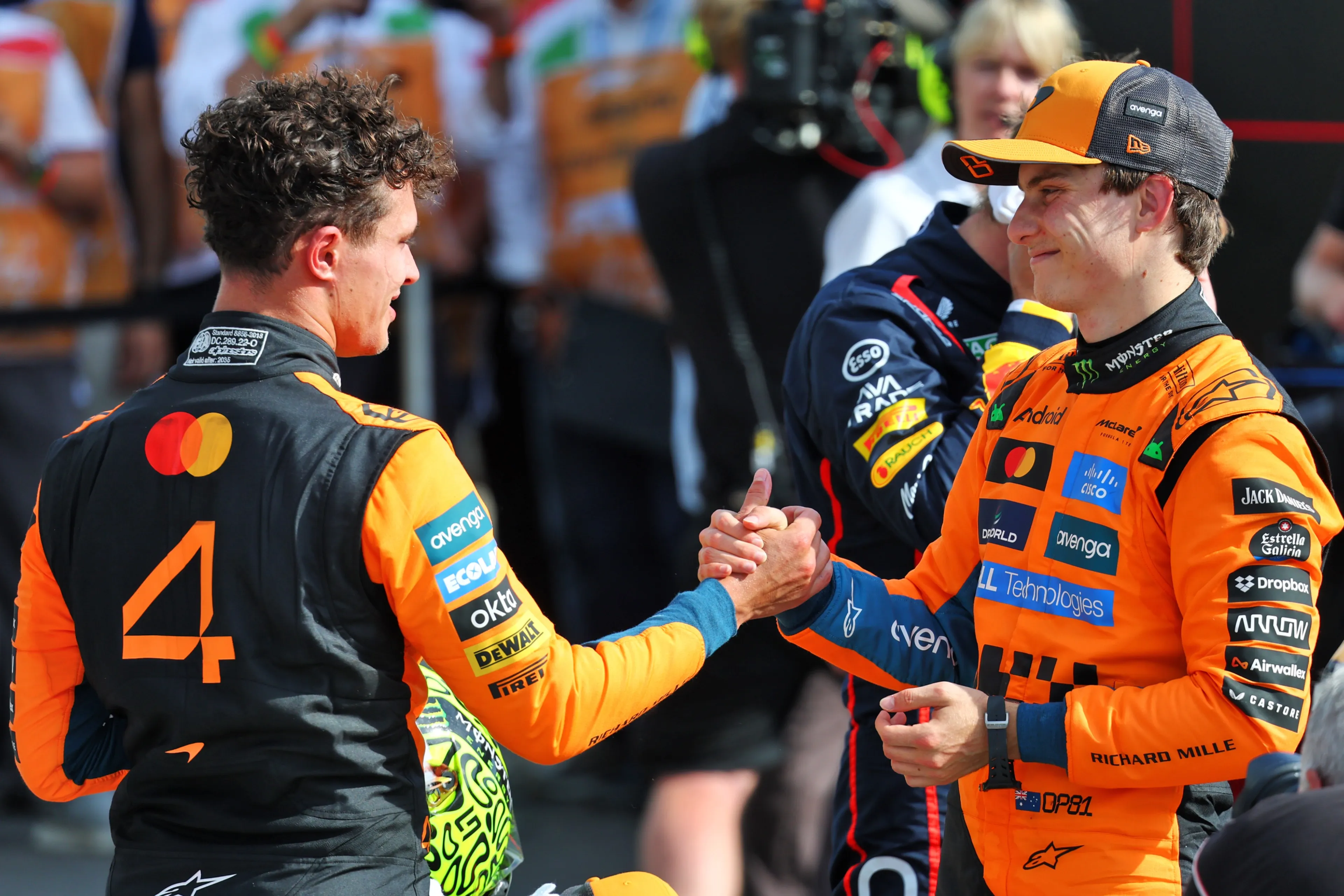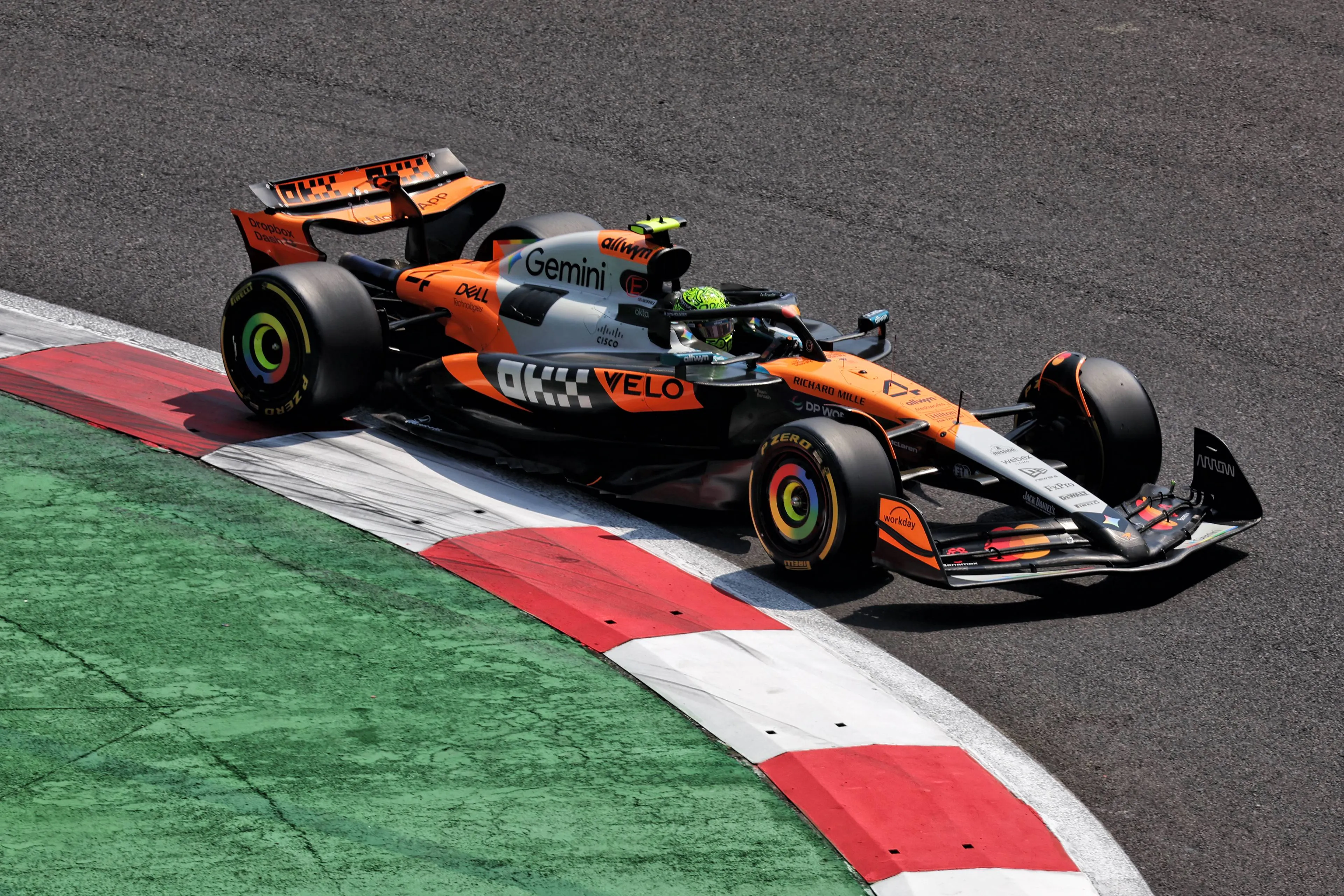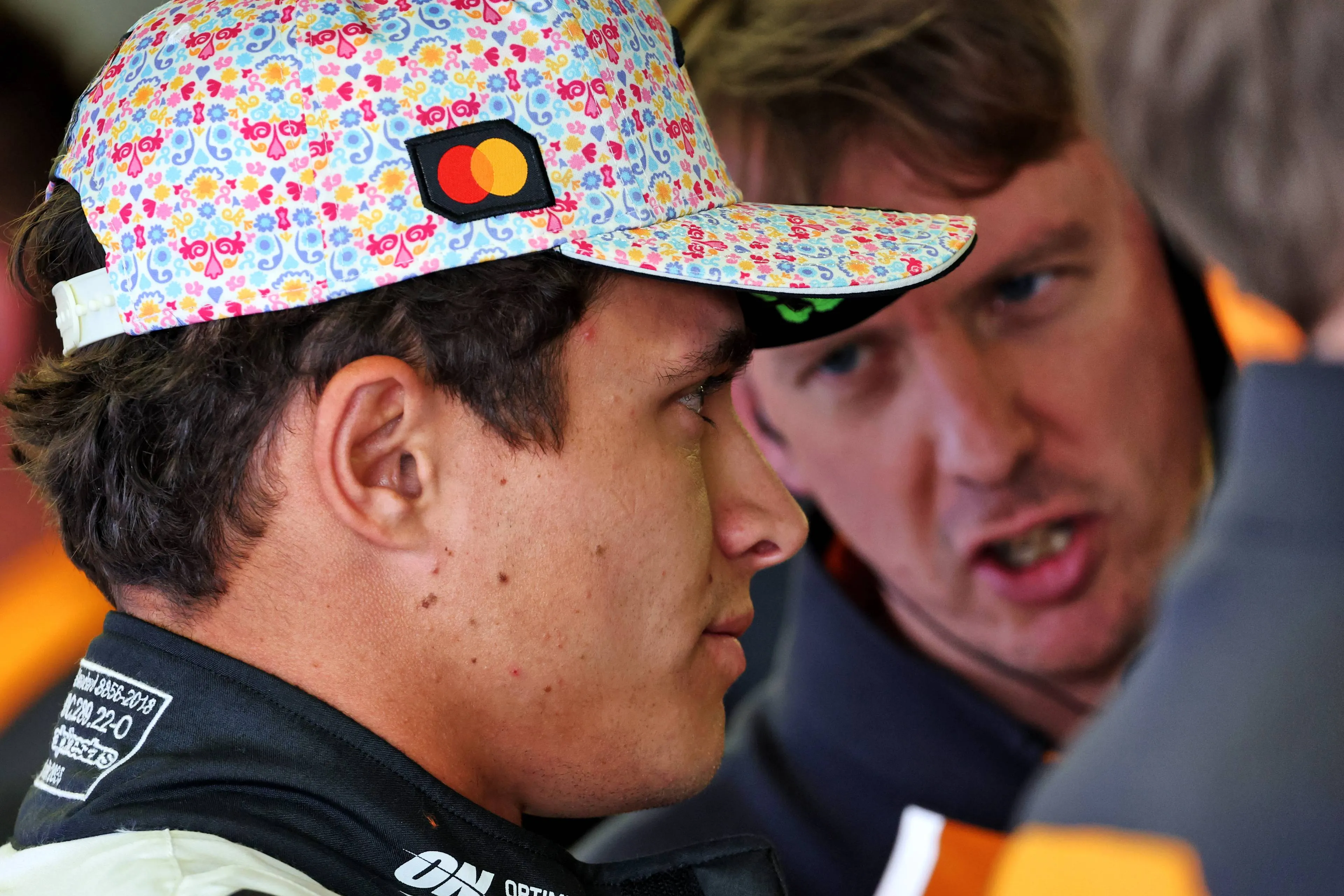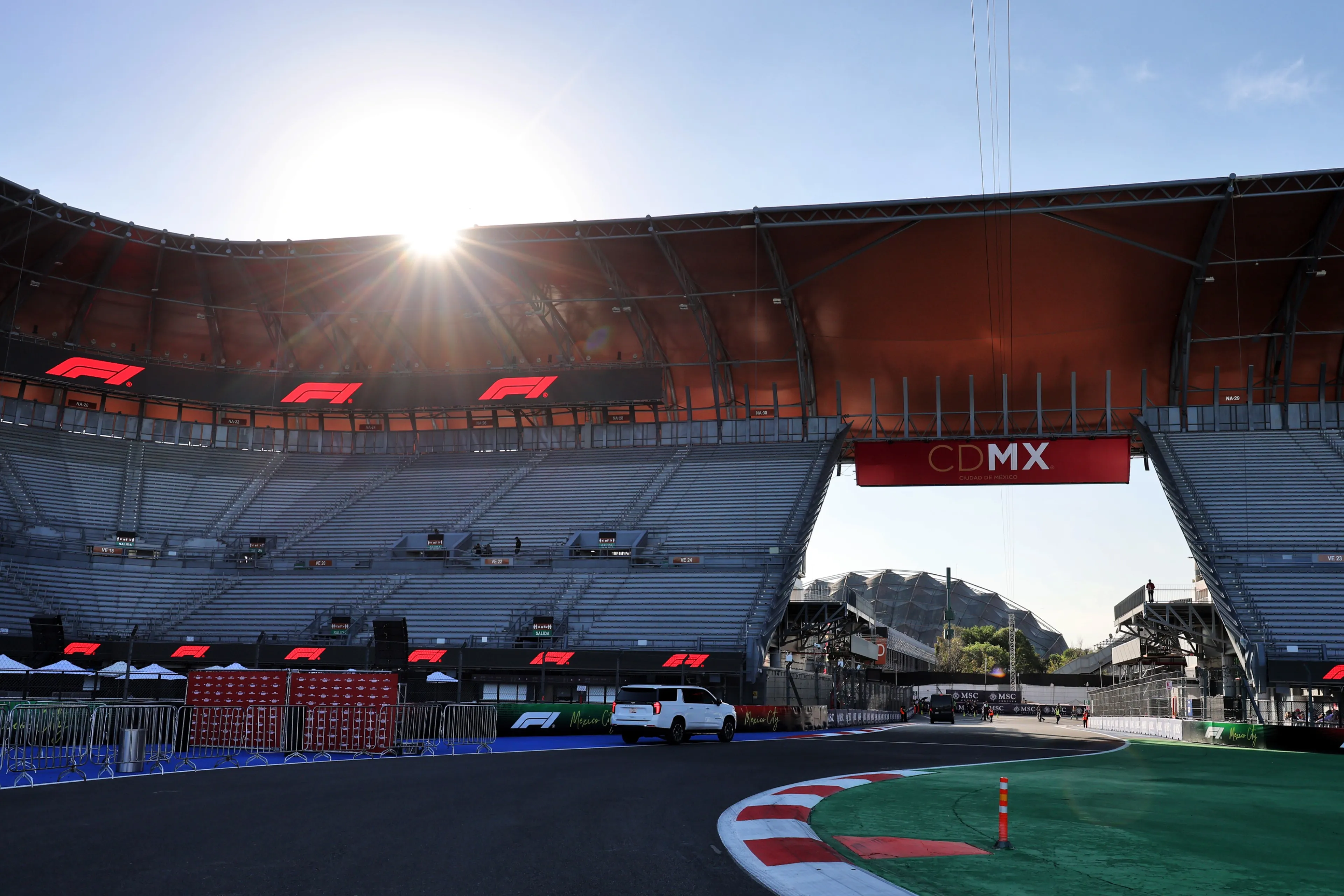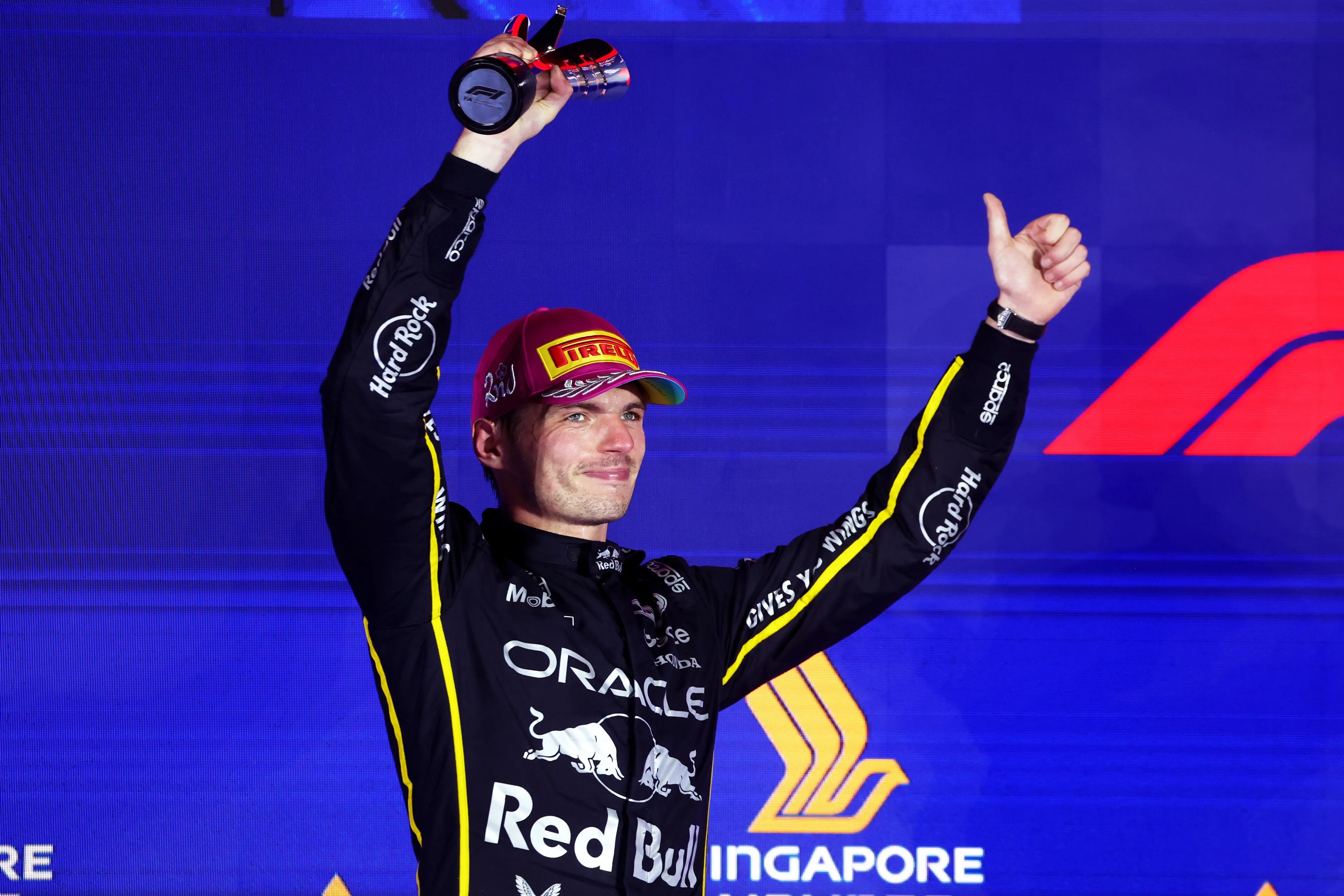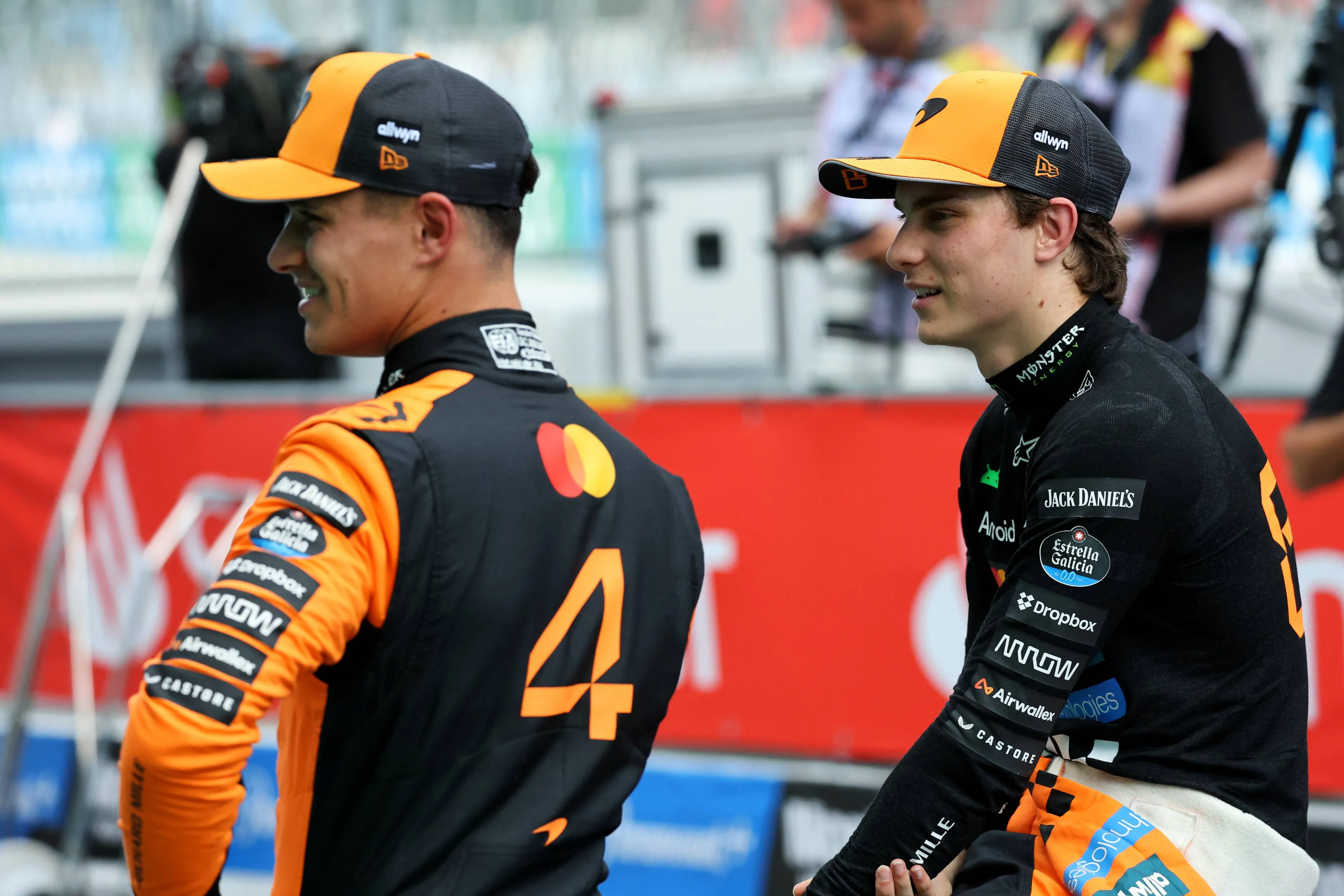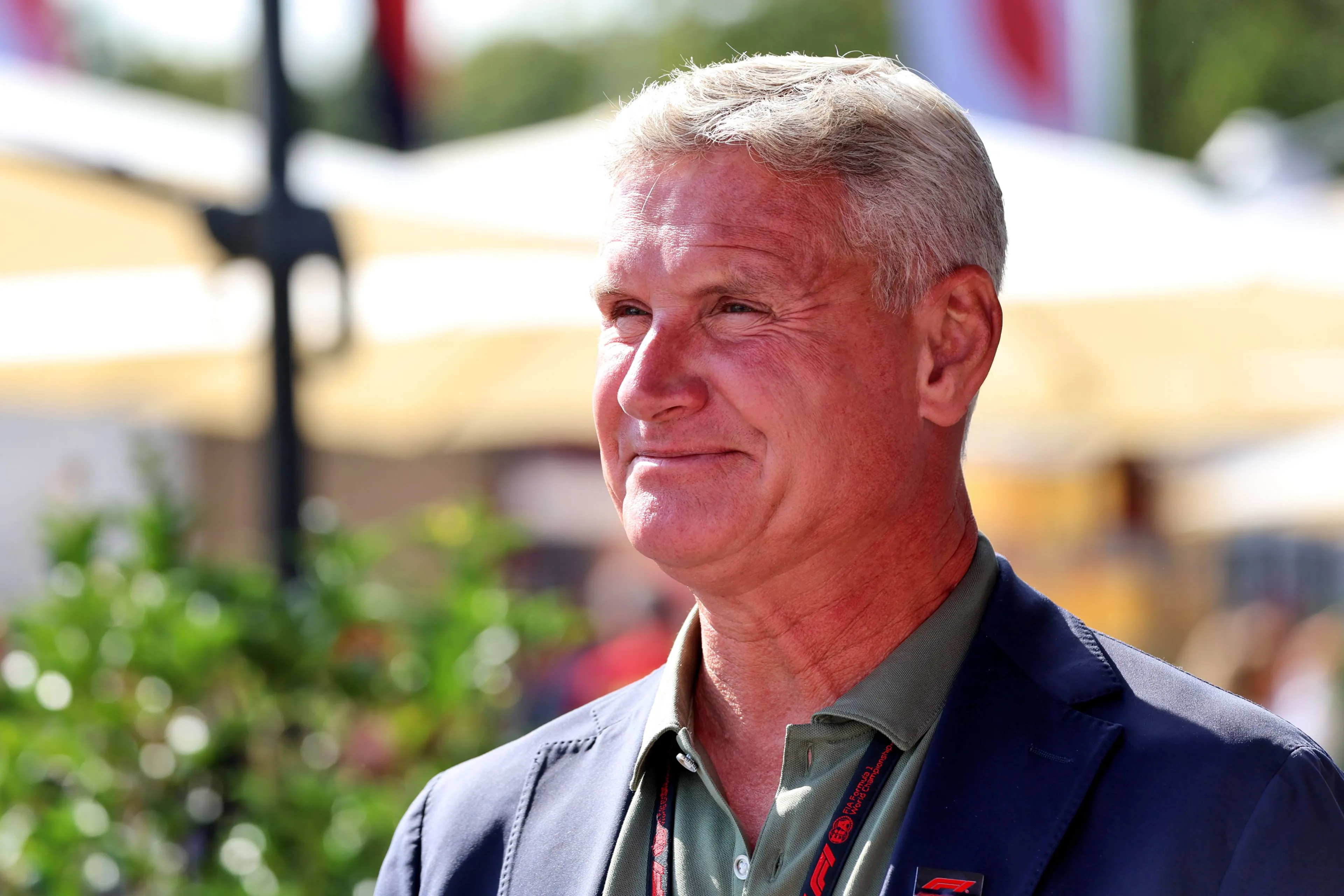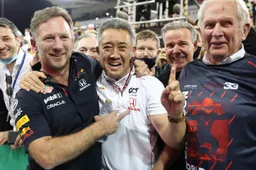5 times in recent years that the FIA has changed the rules during the season
12:32, 02 Aug 2022
3 Comments
With the recent discussion regarding the controversial rule change in Formula 1 that is yet to happen this 2022 season, right after the summer break at the Belgian Grand Prix, GPblog decided to list 5 times the FIA has also changed the rules during a season in recent years.
2006
In 2006 the Renault team developed a device that became known as a 'mass damper'. At that time, the weight limit was less of an issue for cars compared to today's models, and teams often needed to add ballast to achieve the minimum weight. This gave Renault the chance to install their mass damper, which was a free-moving weight suspended within a cylinder located on the nose, which would act in opposition to the vertical forces applied to the car.
The great advantage in using this system comes from the fact that the car maintains a more constant height in relation to the ground, even when passing through zebras or bumps in the track, or even in the moments of acceleration and deceleration in the exits and entrances of curves. Thus, by keeping the height in relation to the ground more uniform, the car fluctuates as little as possible both on straights and in curves, allowing greater speed in both situations. Besides, the contact of the tyres with the ground is greater and more uniform, also increasing adherence.
The device began to be used by the French team at the end of the 2005 season, making the R25 superior to the competition and helping Fernando Alonso win his first world title. At the beginning of the 2006 season, other teams tried to reproduce the system in their cars, but they were not successful. As a consequence, McLaren and Ferrari were some of the teams that claimed that the device was illegal and that FIA should ban it. So, at the 2006 German Grand Prix, the 12th round of the season, the FIA banned the mass damper from F1 with the intention of increasing competitiveness in the championship, which was being largely dominated by Renault. The French team was heavily hampered by the decision, with Fernando Alonso taking only one victory in the remaining six races of the season, but still ended up winning the constructors' and drivers' championship.

2014
In the 2014 season, the controversy was over FRIC. The FRIC system (Front-to-Rear-Inter Connected Suspension) used hydraulic accumulators that connected the four wheels, helping to stabilise the car and improving mechanical and aerodynamic grip. It was not an active system, like the suspensions of the early 1990s, but a passive system that was tuned to work in harmony.
FRIC had been used by teams since the 2008 season, however Mercedes managed to enhance this system in 2014 taking it to another level. Many teams complained that the German team was benefiting, so they appealed to the FIA for the organisation to ban the use of the technology in 2014, without having to wait for the following season. After a vote held among the teams, the FIA banned FRIC shortly after the British Grand Prix, which was the race that marked the halfway point of the season, claiming that it breached article 3.15 of the Formula One technical regulations. Even with the ruling, the German team didn't seem to have been largely harmed as they emerged victorious in eight of the ten races remaining to the end of that season.

2014 - 2016
Also in 2014, the FIA created a controversial rule, ruling that drivers could no longer communicate by radio with their teams. In fact, there would still be communication, but in a very limited way. The measure came into effect from the Singapore Grand Prix, the 14th round of the 2014 season.
The FIA's aim was to make drivers' lives more difficult by prohibiting teams from communicating data to them that could improve their performances on track. At the time, F1's race director Charlie Whiting stuck to article 20.1 of the category's sporting regulations, which states that 'the driver must drive the car alone and without assistance'.
The rule lasted until the 2016 German Grand Prix, the 12th race of the season. "We have decided to allow the return of radio communications. Everyone will be able to speak their mind," Bernie Ecclestone said at the time.
2020
The 2020 season marked the end of 'party mode' in Formula One. The teams at that time had different engine configurations throughout the weekend, with Saturday being the qualifying mode, where cars had more power to set faster laps that would be important to set a good starting position; while on Sunday the configuration was race-specific, with a less powerful but more durable engine.
The new rule came into effect at the Italian Grand Prix, and determined that all teams should use a single engine configuration during the entire weekend. That is, the same configuration for the qualifying session and the race.
At the time, the FIA explained that the reason for imposing the new rules was to prevent manufacturers from over-exploiting the regulation which allowed for engine development throughout the season, as teams claimed that they were in fact only solving reliability-related problems.
However, what is said among F1 fans is that the FIA really wanted to equalise the competition within the category, reducing the wide advantage that Mercedes had in qualifying sessions on Saturdays. Until that point of the season, only the German team had won pole position. In the remaining ten races of the season, already without the 'party mode', Mercedes took pole on eight occasions (one was won by Lance Stroll in Canada, and the other by Max Verstappen in Abu Dhabi).

2021
During the 2021 season the FIA changed the rules relating to pit stops, aiming to slow down the speed of pit stops in Formula 1. The federation wanted to limit how quickly different parts of the process could be completed. Certain actions, for example, could not be executed in a time shorter than 0.15s, while the minimum time between the air guns coming out of the wheels and the green light was 0.2s.
With pit stops getting faster and faster, the FIA introduced the rule to try to reduce the risk associated with mistakes or loose wheels and prevent teams using active systems to control the elements of the stops.
The change came into effect at the Belgian Grand Prix, the 12th race of the season, affecting primarily those teams that had the shortest pit stop times. As such, Red Bull was the team that suffered the most, as of the eleven races that had already taken place this season, the Austrian team had set the shortest pit stop time in eight races (with Mercedes, Aston Martin and Williams reaching the mark in the other three).
Although Mercedes had the second fastest pit stop on average, being almost a quarter of a second slower than rival Red Bull's time, it ultimately benefited from the decision. As a result, the Austrian team claimed that Mercedes had influenced FIA in changing the rules, further heating up the already low spirits in the dispute for last year's championship.
In the ten remaining races of the season (the Belgian GP didn't happen due to rain), Red Bull clocked the fastest pitstop time on five occasions. In other words, the team's advantage that was 73% before the imposition of the new rules, was now 50% after the changes.

More changes in 2022
The FIA has already announced that there will be new rules coming into effect later this F1 season, starting with the measurement of floor flexibility from the Belgian Grand Prix that will take place just after the summer break. For next year the changes will be bigger, all with the aim of avoiding porpoising and bringing more safety to drivers.
Read more about:
Rumors
Popular on GPBlog
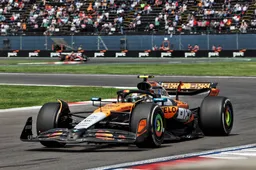
1
McLaren driver unwell taken to medical facility after Mexico GP outing
2665 times read
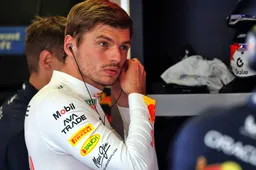
2
Mexico GP long-run analysis: Norris leads the field, Verstappen struggles
1172 times read
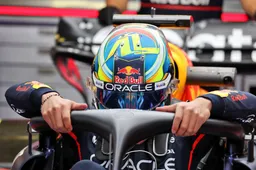
3
Red Bull driver summoned to stewards after Mexico FP1
1140 times read
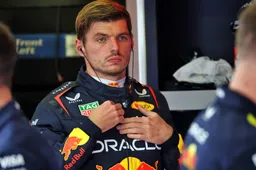
4
Verstappen ups title ante with P1 in FP2, Norris P4, Piastri crumbles
1122 times read
Loading
